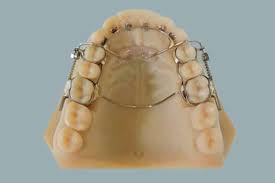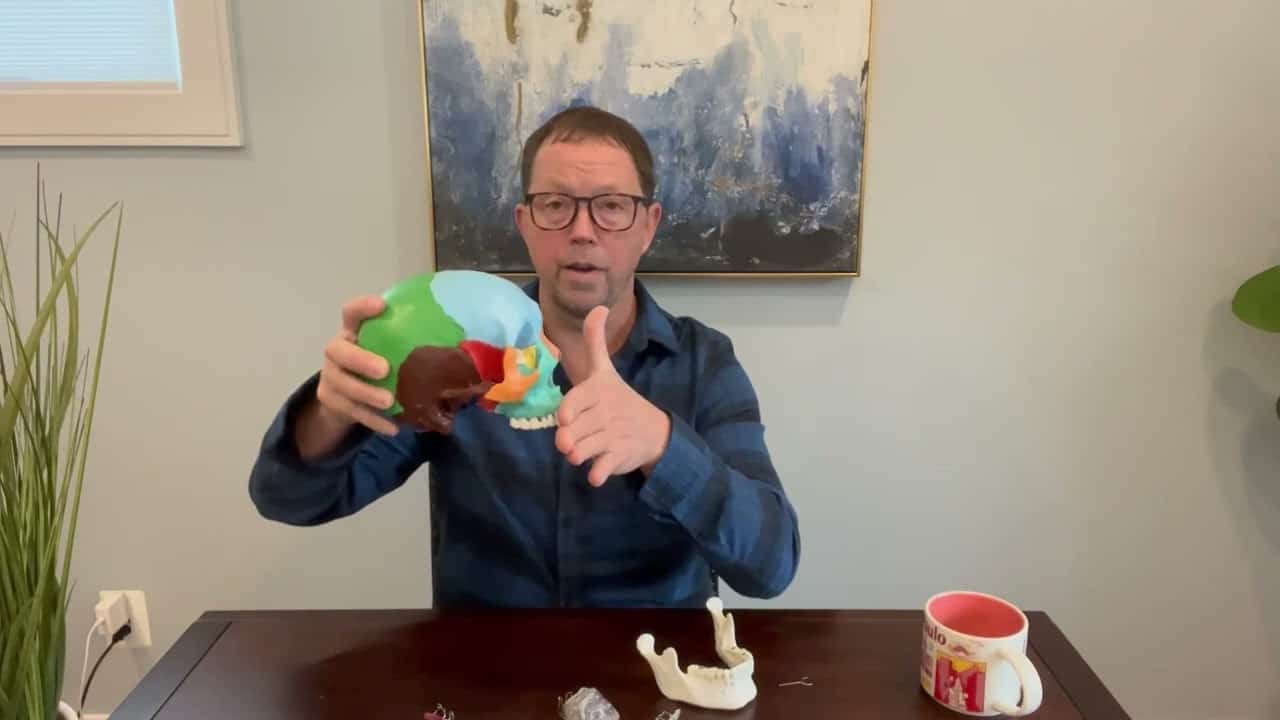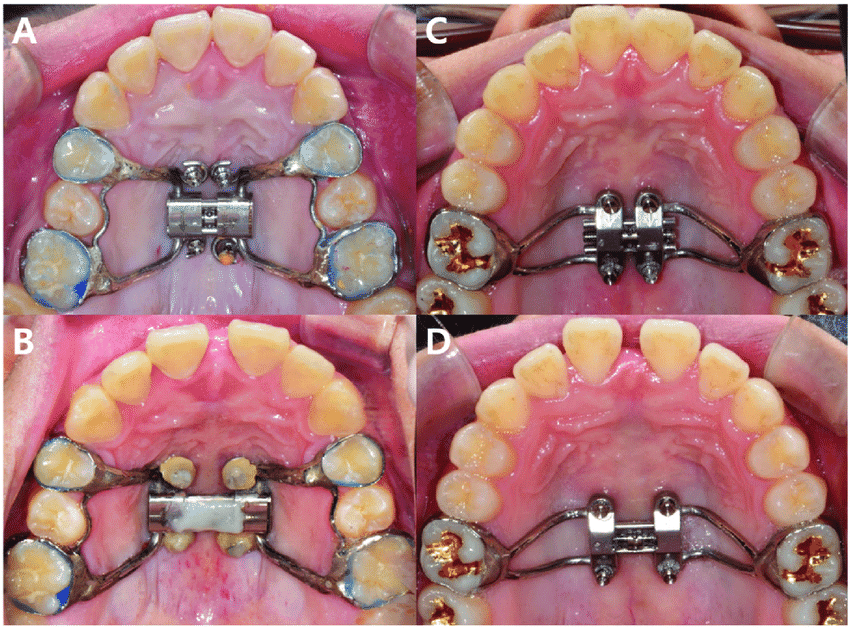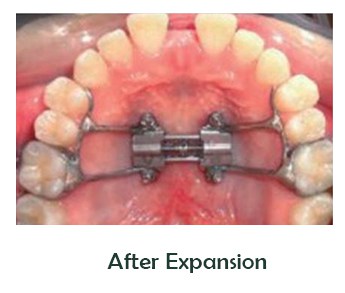What is The AGGA Anterior Growth Guidance Appliance?
There is a lot of controversy about this appliance and it is very technique sensitive to use. While we do not use or endorse this appliance, if it is used properly on the right patient, it can get good results. This article discusses the AGGA and some of the alternative appliances we use in our practice.
The AGGA is an appliance that in certain cases can promote forward growth but that is about it. The device usually needs to be followed by braces and other appliances to straighten the teeth and attempt to position the lower jaw. The AGGA cannot expand the width of the upper jaw. And this later deficiency is probably the largest pitfall of the appliance. We do not use this appliance at the TMJ Sleep and Breathe Center.
Alternative Appliances to the AGGA
For adult palatal expansion Dr. Adams often uses the DNA or Homeoblock appliance. The AGGA is becoming increasing associated with negative case outcomes and is waning in popularity. The DNA appliance and Homeoblock are capable of three dimensional growth and capable of starting and finishing many cases with complaints of TMJ or sleep apnea. The AGGA, on the other hand may get growth in one direction, but sets the patient up for a series of other expensive and time consuming appliances. Cases with the AGGA typically last 3-5 years and cost over $30,000. We have not been impressed with the results we have seen.

How DNA and Homeoblock Appliances Work to Achieve 3-Dimensional Growth

The AGGA is a Fixed Appliance
The AGGA is a fixed appliance that stays in the mouth all the time like braces. It cannot be removed by the patient. It collects food during eating. The appliance is not very useful for treating patients who have TMJ pain because it leaves them biting on their teeth. Many dentists use a lower splint at the onset of treatment called a Gelb appliance. We do not agree with this treatment as the repositioning performed by the Gelb is arbitrary and not done in concert with forward growth of the upper jaw.
How Does the AGGA get Anterior or Forward Growth?
Dr. Galella is the inventor of the AGGA. He believes the AGGA appliance stimulates a special spot on the roof of the mouth that triggers the body’s bone-building response. Namely a nerve on the palate. The pressure creates a rapid bone growth event throughout the entire head and face area. Dr. Galella created the Controlled Arch System. His mainly focuses on facial cosmetic and growth. Dr Galella is the founder of the Facial Beauty Institute. Galella is also involved with OrthoMatrix Corp.

MARPE and MSE Skeletal Expanders
MARPE is “mini-implant assisted rapid palatal expansion.” So, basically MARPE and MSE are surgical orthodontic treatments to rapidly expand the palate of an individual. In-other-words, MARPE is a treatment that will only make your upper jaw or palate wider. Transverse (width) Expansion is important if you want to get your tongue to fit up into your palate. The depth of the the palate is also important and can only be accomplished with a forward growth appliance such as AGGA, Homeoblock or DNA Appliance. Tongue pressure and Mewing can help get forward growth as well. The
MARPE and MSE always need to be used in combination with other appliances and orthodontic treatments due to the limitation of ONLY width/transverse expansion. Also large spaces need to be closed and teeth repositioned with braces or Invisalign.

How does MARPE and MSE work?
Basically a metal expansion mechanism is fastened to the palatal bone with titanium screws called orthodontic TADs. The MARPE also sits on or around some of the back teeth as well for anchorage. The expansion mechanism has a “jack-screw” that is turned every 1-3 days as prescribed by the dentist. The basic concept is that the device pushes quickly and forcefully to purposely open up a large space between the right and left sides of the palate bone. Hence the term “rapid palatal expansion” or “RPE.” The palate bone is also called the maxilla. The rapid pressure comes with some risk as the pressure can cause other bones in the face to become compressed, stuck and misaligned.
 703-712-1053
703-712-1053 